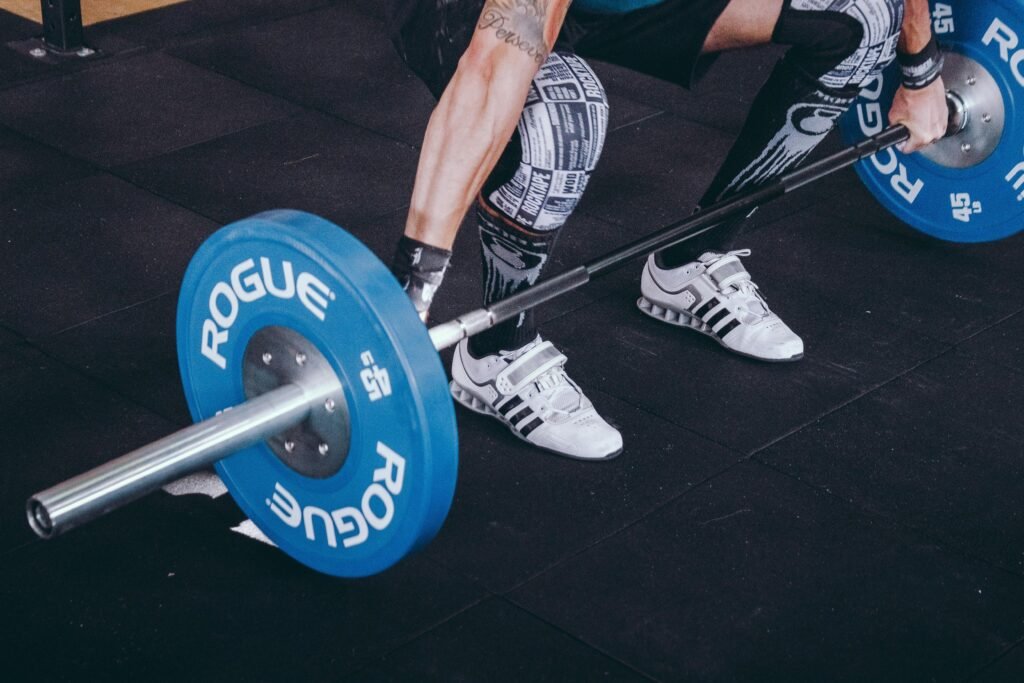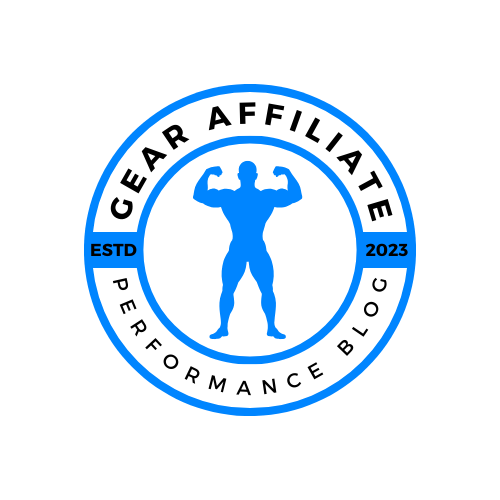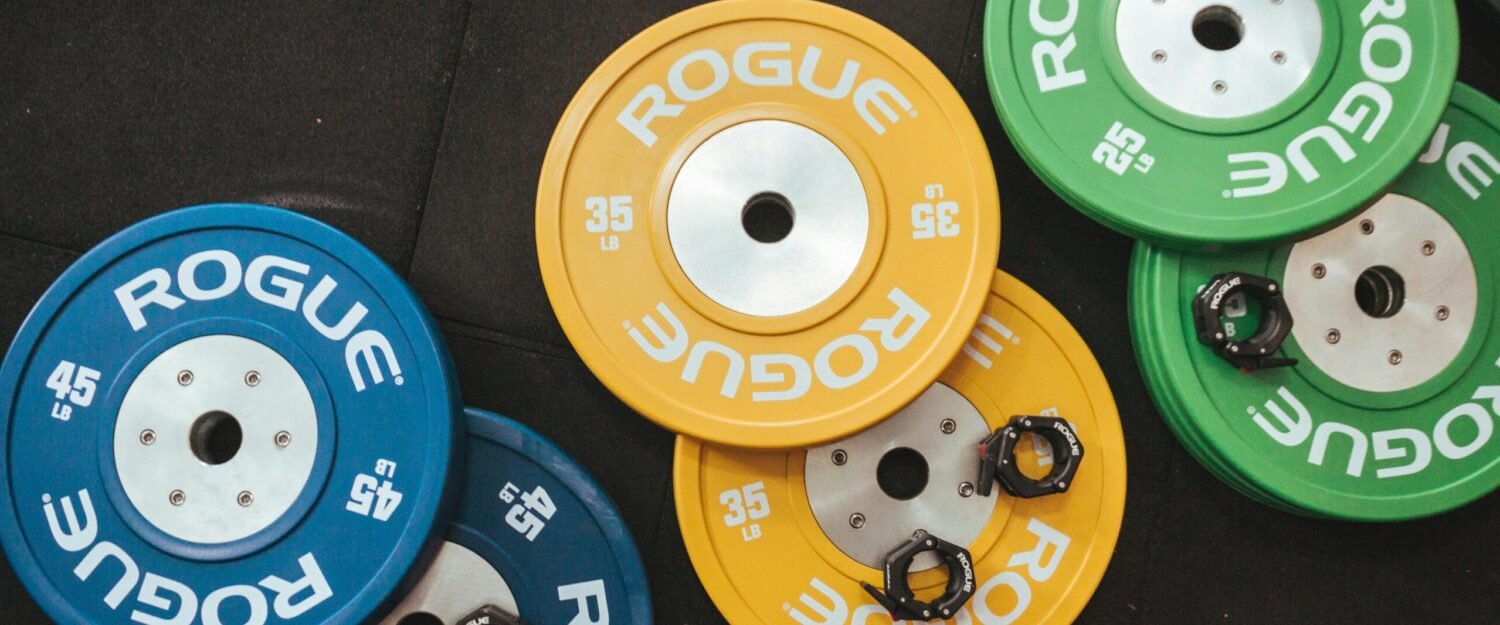
Table of Contents
Understanding Progressive Overload
Progressive overload is a fundamental principle in strength training and muscle hypertrophy, which refers to the gradual increase of stress placed upon the body during exercise. This concept asserts that in order for muscles to grow stronger and larger, they must be challenged beyond their current capacity. By continually adjusting the intensity of workouts, individuals can stimulate muscle adaptation, leading to improvement in strength and mass.
At the physiological level, muscle growth occurs as a response to increased demands placed upon it. When a specific weight is lifted, micro-tears happen in the muscle fibers. The body repairs these tears by adding new proteins to the existing fibers, enhancing their size and strength. Without progressive overload, muscles adapt to the initial stress, resulting in a plateau where further gains are difficult to achieve.
To effectively implement progressive overload, one must consider several key training variables: volume, intensity, and frequency. Volume refers to the total amount of work performed, often quantified as the number of sets multiplied by repetitions. Increasing the volume over time can lead to greater muscle growth. Intensity, on the other hand, is the amount of weight lifted during a workout. Elevating the intensity will also encourage muscular adaptation. Lastly, training frequency refers to how often a muscle group is trained in a given period. Adjusting any of these parameters can evoke a new stimulus, fostering continuous progress.
Incorporating progressive overload into a training regimen is essential for anyone seeking to make consistent gains. By understanding and applying this principle, individuals can effectively enhance their performance and achieve their fitness goals.
Methods of Applying Progressive Overload
Progressive overload is a fundamental principle in strength training and fitness that enables individuals to continuously improve their performance and achieve their goals. There are several effective methods to apply this concept—ensuring that workouts remain challenging and promote adaptations.
One of the most straightforward methods for achieving progressive overload is through increased weight. This involves gradually adding resistance to the exercises performed. For example, if a lifter can comfortably complete 10 repetitions of a bench press at 150 pounds, increasing the weight to 155 pounds while maintaining proper form would be a way to implement overload. This increase can be made in small increments for safe progression while minimizing the risk of injury.
Another method is increasing the number of repetitions completed during a set. If an individual typically performs 8 repetitions at a given weight, aiming to complete 9 or 10 repetitions in subsequent sessions can contribute to overload. This method ensures that muscles are exposed to greater time under tension, which is crucial for muscle growth.
In addition to adjusting repetitions, increasing the number of sets can also be beneficial. For instance, if a workout consists of three sets of an exercise, adding an extra set can provide the additional stimulus needed for improvement. This can be particularly effective when one is unable to increase weight or repetitions for a specific exercise.
Beyond these traditional methods, adaptations such as adjusting the tempo of lifts can enhance the overload concept. Slowing down the eccentric phase (the lowering part) of a lift increases time under tension, promoting muscle development. Similarly, manipulating rest periods between sets can lead to different training adaptations, as shortening rest may enhance muscular endurance, while extending rest may support maximal strength gains.
Lastly, altering the exercise variation can be an effective way to apply progressive overload; for example, replacing standard squats with front squats introduces new challenges to the muscles. By combining these methods, individuals can create diverse and challenging workout programs that promote continuous progress and development.
Recognizing and Overcoming Plateaus
Plateaus in training can be both frustrating and disheartening for individuals committed to a fitness regime. Recognizing when a plateau has occurred is crucial to ensuring continuous progress. Typically, a plateau presents itself as a period where strength gains, muscle hypertrophy, or overall performance stagnates despite a consistent workout effort. This may manifest as a declining ability to lift heavier weights, complete added repetitions, or achieve improved endurance levels.
Common causes of plateaus often stem from insufficient recovery, which hinders the body’s ability to repair and grow stronger. Overtraining can lead to exhaustion and diminish the effectiveness of workouts. Additionally, lack of variation in a training program can contribute to plateaus. Performing the same exercises with identical intensity can lead to adaptations, decreasing the stimulus necessary for continued growth. Recognizing these factors is key in addressing and overcoming stagnation in progress.
To effectively combat plateaus, several strategies can be employed. Deloading refers to intentionally reducing training volume or intensity for a brief period, allowing the body to recover fully, thereby overcoming fatigue. Integrating varied intensities within workouts can also stimulate new adaptations. For example, alternating between heavy lifting days and lighter, higher-rep days can help break through stagnant performance levels. Furthermore, reassessing and potentially recalibrating your training goals may reignite motivation and excitement for your fitness journey. Setting specific, attainable targets can provide a renewed focus and encourage adherence to training regimens.
To maintain progress within your fitness path, remaining adaptable and open to changes in your training approach is essential. Aiding recovery, introducing variety, and reassessing one’s goals can reignite gains, ensuring continued advancement in strength and overall fitness.
Tracking Progress and Adjusting Your Program
Implementing progressive overload effectively requires a structured approach to tracking your progress. Monitoring your gains is essential to understanding where adjustments to your training program are necessary. One of the most effective methods to track your development is through maintaining a training log. This log serves as a comprehensive record of the exercises performed, the weights lifted, and the number of repetitions completed each session. By consistently updating this log, you can identify trends in your performance over time, allowing for informed adjustments to your training regimen.
In the digital age, fitness apps offer another resourceful way to monitor progress more efficiently. Many applications provide proprietary algorithms that help analyze workout data, making it easy to visualize gains in strength and endurance. These tools often include features such as goal setting and performance tracking, which can be beneficial for staying motivated and accountable. They also allow for the tracking of additional metrics like heart rate, recovery times, and overall workout duration, thereby providing a holistic view of your fitness journey.
Alongside tracking exercise performance, it is crucial to observe changes in body composition, such as increases in muscle mass or reductions in body fat. Regular assessments—whether through body measurements, skinfold calipers, or body composition scales—can provide insights into the effectiveness of your training program. If progress stalls, it’s essential to make adjustments based on the data collected. This may involve changing the training parameters, such as increasing the weights, altering the volume, or incorporating different exercises to challenge your muscles in new ways. Moreover, adjusting rest periods and nutrition can also enhance results, ensuring continuous growth and strength improvements.
If you found this post to be helpful, then you may be interested in the rest of our blog page here.
At Gear Affiliate, we always want to give our readers more resources to research. Below are a few sources that we have found to be helpful relating to this topic.
Video links: Video 1, Video 2.
Discover more from GearAffiliate
Subscribe to get the latest posts sent to your email.


